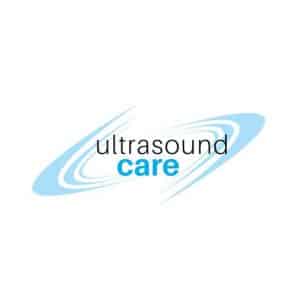DVT Scan
Deep vein thrombosis (DVT) is a blood clot formed in a deep vein, typically found in just one of the legs (rarely both). Blood clots restrict blood flow and can stop oxygen carried in the blood from reaching your heart, lungs and brain. In the UK, 1 in 4 people die from causes related to blood clots, with many cases occurring during or following hospitalisation, especially if you cannot move around a lot, for instance after an operation. So, a DVT scan is recommended within 90 days of having surgery or being discharged from hospital in order to prevent serious illness. Even if this does not apply to you, there are DVT symptoms to watch out for.
Symptoms
- Leg pain, specifically throbbing or cramping, usually in the calf or thigh.
- Swelling in the lower extremities (section of the leg between the knee and ankle joints), with reddened skin around the painful area and on the shin.
- Warm skin around the painful area.
- Swollen veins that are hard or sore when touched.
These symptoms can appear on your arm or stomach in the less common instance of the clot occurring there.
You are more at risk of getting DVT
- If you are over 60
- If you are overweight
- If you smoke
- If you have had VT previously
- If you take the contraceptive pill or hormone replacement therapy (HRT)
- If you have cancer or heart failure
- If you have varicose veins
- If you are pregnant or have had a baby in the last 6 weeks
If you have a family history of DVT then there is an increased risk of suffering from it. Should you be suffering from any symptoms or fall under any of the categories above, ask if there is a record of DVT amongst family members and book a scan. The more information you can give to the sonographer or doctor, the easier the diagnosis will be.
How a scan works
The ultrasound DVT scan uses sound waves to create images of blood flowing through the veins, just like with a baby scan. The technician will move the sound probe gently across your leg, until the DVT is located and a still picture of it can be made from several angles, helping its size and location be better understood. It is a quick, simple and accurate process which will allow you to immediately start the next steps of treatment once the DVT has been analysed.

At Ultrasound Care, we have a unilateral DTV scan (1 leg examined) and bilateral scan (2 legs) which are available to men over the age of 16. These scans are high quality, affordable and have an expert team of sonographers working to get the best results for you.
For more information on the other services we prove, please take a look here.
Contact us today to book in your DVT scan.
Book online https://www.ultrasound-care.co.uk/ or call us on Birmingham: 0121 507 9901 or Bromsgrove: 01527 910228

